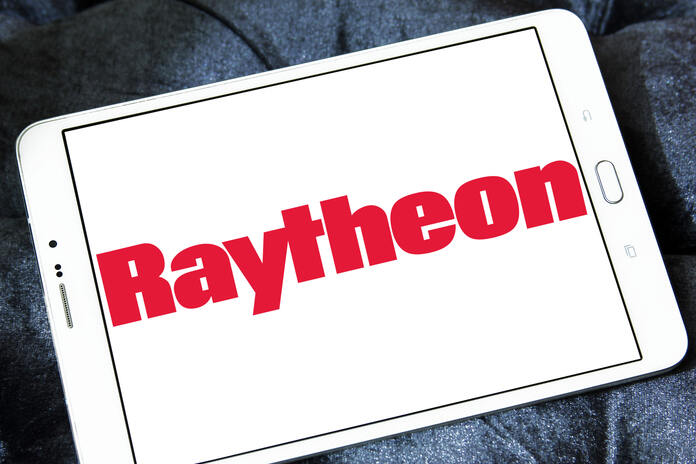RTX Corporation (NYSE:RTX) has exceeded expectations in its third-quarter 2023 financial results, with adjusted earnings per share (EPS) of $1.25, surpassing the Zacks Consensus Estimate by 5%. This figure also represents a 3.3% improvement from the $1.21 EPS reported during the same quarter last year.
However, when including one-time items, the company reported a GAAP loss of 68 cents per share, a significant shift from the 94 cents in earnings recorded during the previous year’s third quarter.
In terms of operational performance, RTX’s Q3 adjusted sales reached $18,952 million, beating the Zacks Consensus Estimate by 1.3%. Nevertheless, GAAP sales for the quarter were $13,494 million, down from $16,951 million in Q3 2022. The company managed to reduce total costs and expenses by 4% compared to the previous year, yet still incurred an operating loss of $1,396 million, a substantial contrast to the $1,520 million operating profit achieved in the same quarter last year.
Performance by Segment
- Collins Aerospace: Adjusted sales in this segment increased by 17% year-over-year, reaching $6,686 million, primarily driven by strong demand in the commercial aftermarket and commercial OEM sales.
- Pratt & Whitney: This segment reported a notable 18% year-over-year growth in adjusted sales, totaling $6,327 million. The increase was attributed to expansion in the commercial aftermarket and commercial OEM businesses, as well as higher volume and content, a favorable mix in the commercial aftermarket, and increased military sales due to higher F135 development and sustainment volume. The segment’s adjusted operating profit also rose to $413 million.
- Raytheon: In the third quarter, Raytheon’s sales increased by 3% year-over-year to $6,472 million, driven by higher sales volume in Naval Power, including AIM-9X, and Advanced Technology classified programs. The adjusted operating profit, however, decreased to $570 million, down 18% from the same period in 2022.
Regarding the company’s financial position, as of September 30, 2023, RTX had cash and cash equivalents of $5,456 million, compared to $6,220 million at the end of December 2022. The long-term debt increased to $32,701 million from $30,694 million as of December 31, 2022. Net cash flow from operating activities also saw significant improvement, rising to $3,316 million, compared to $778 million at the end of the third quarter in 2022. Free cash flow reached $2,752 million, a substantial increase from $263 million in the same period last year.
Looking ahead, RTX has updated its financial guidance for 2023, raising its adjusted EPS range to $4.98-$5.02, up from the previous guidance of $4.95-$5.05. The Zacks Consensus Estimate for 2023 EPS currently stands at $5.01, aligning closely with the midpoint of RTX’s new range. Additionally, the company has increased its adjusted sales outlook to $74 billion, up from the previous projection of $73-$74 billion, though the Zacks Consensus Estimate for sales remains slightly below the company’s new guidance at $73.75 billion. Furthermore, RTX now expects free cash flow to reach $4.8 billion, an increase from the previously anticipated $4.3 billion.
Featured Image: Megapixl









